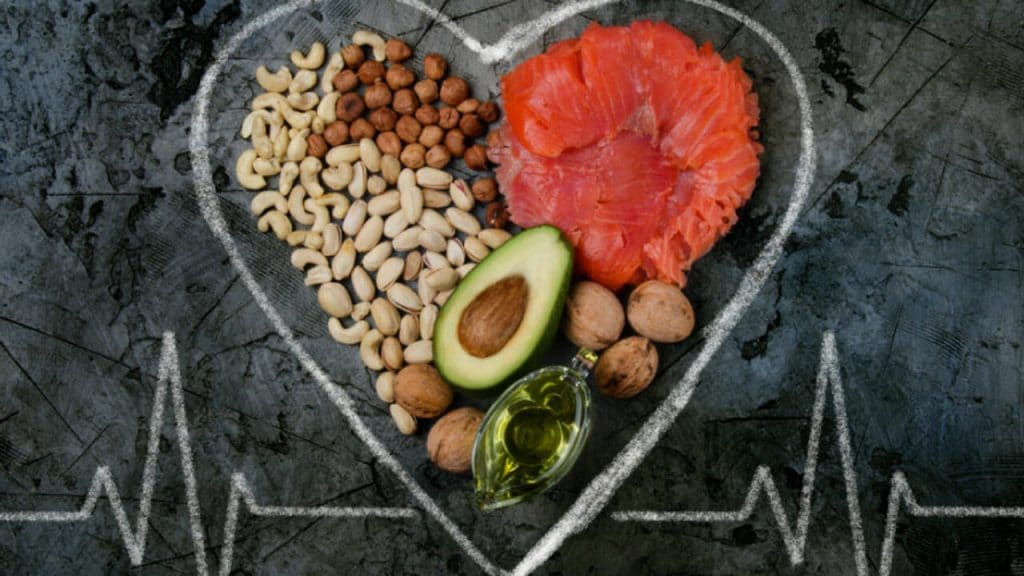Your automatic reaction when hearing the word “cholesterol” may be a feeling of dread. Isn’t that the thing doctors are always warning you about? That may sometimes be true, but cholesterol is actually a little more complicated than you might think.
To start with, there isn’t just one thing called cholesterol. There are different types, and while some are known for clogging the arteries and potentially damaging your heart, others are absolutely essential for the body to keep running like it should.
The bad kind of cholesterol is known as low-density lipoprotein, or LDL, and yes, it can have some dangers. Some smaller LDL particles can actually be pretty dense, despite the name, which is what leads to the arteries and your essential blood flow being blocked. This increases the risk of potentially life-threatening complications such as strokes and heart attacks, although it doesn’t mean you’re guaranteed to get them.
If you exercise regularly, the particles of LDL in your blood may grow larger. That might sound like a bad thing, but it also means they’ll be almost “fluffy” in density and therefore less of a risk. You should also look out for what are known as triglycerides, which are similar particles with a similar effect.
Then, there’s the high-density lipoprotein (HDL), which is often known as “good” cholesterol. HDL particles help move fat out of your bloodstream. This means they actually reduce the risk of heart attacks, heart disease and strokes as well as atherosclerosis, which is the proper name for lesions in the arteries.
When you have a blood test, which is the main way to measure your cholesterol, you’re probably going to want to make sure you get separate readings for the LDL and the HDL cholesterol. That way, you’ll know just how worried you should be and can determine the best kind of lifestyle changes to improve your cholesterol.
One of the biggest factors affecting cholesterol is diet. Foods that are good for your HDL levels often contain unsaturated fats such as olive and other vegetable oils and fruits such as avocado and nuts like pistachios. Saturated fat, which is known for appearing in dairy products like cheese and butter, is considered less healthy in a general sense, including because of its effects in increasing LDL.
There are other ways to increase HDL and lower LDL. You could stop smoking or restrict your alcohol intake to moderate levels. More regular exercise is always good. In some cases, medication can be used. The most common medications for managing cholesterol are statins. Others include phytosterols and niacin, or nicotinic acid, which is a compound found in vitamin B3.
Lots of advice is available about how much cholesterol you should have in your bloodstream and what you should eat to manage it. If you have any doubts, talk to your doctor, who can measure your current levels and recommend a diet and exercise program that will work for your specific needs, accounting for any other quirks of your body or health.




